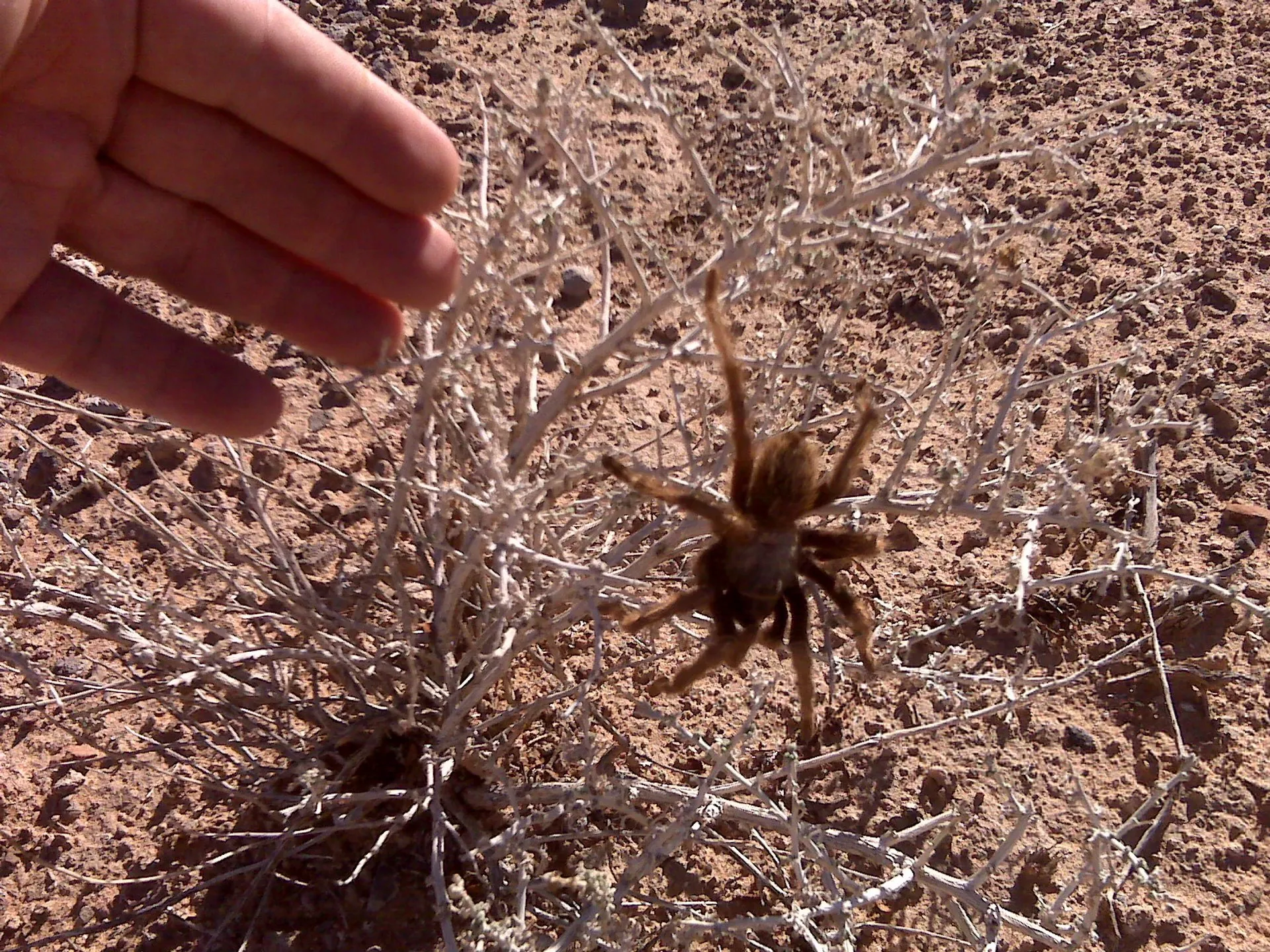Tarantula migration is one of nature’s most captivating spectacles, a dramatic event where these often solitary creatures embark on a mass movement, often triggered by the search for mates. Witnessing this phenomenon is an unforgettable experience for any nature enthusiast. This guide delves into the intricacies of tarantula migration, providing you with all the necessary information to observe this amazing event safely and respectfully. From understanding the tarantula’s lifecycle to knowing the best locations and times to observe the migration, this article equips you with the knowledge to appreciate this fascinating natural event. Discover the secrets behind their movements and learn how to witness this spectacle safely while contributing to conservation efforts.
What is Tarantula Migration
Tarantula migration is the seasonal movement of these large spiders, primarily driven by reproductive needs. Unlike the migrations of birds or mammals, which are often motivated by food availability or climate changes, tarantula migration is almost exclusively linked to the search for mates. This migration typically involves adult male tarantulas leaving their burrows in search of females, often traveling considerable distances. The timing and intensity of the migration vary depending on the species and local environmental conditions, but it generally occurs during a specific season, often in the late summer or early fall. During this time, the normally elusive tarantulas become much more visible, making it an excellent time to witness their activity.
Understanding the Tarantula Lifecycle
To fully appreciate tarantula migration, understanding their lifecycle is crucial. Tarantulas go through several stages of development, from eggs to spiderlings and then to adults. The adult stage is when they become sexually mature and begin the migration process. Males, in particular, have a shorter lifespan than females, as their primary purpose is to reproduce. The lifecycle also includes the process of molting, where the tarantula sheds its exoskeleton to grow. This process is a vulnerable time for the spider, as it is soft and defenseless. Understanding these stages gives context to why and when migration occurs and provides insight into their behaviors.
The Role of Molting
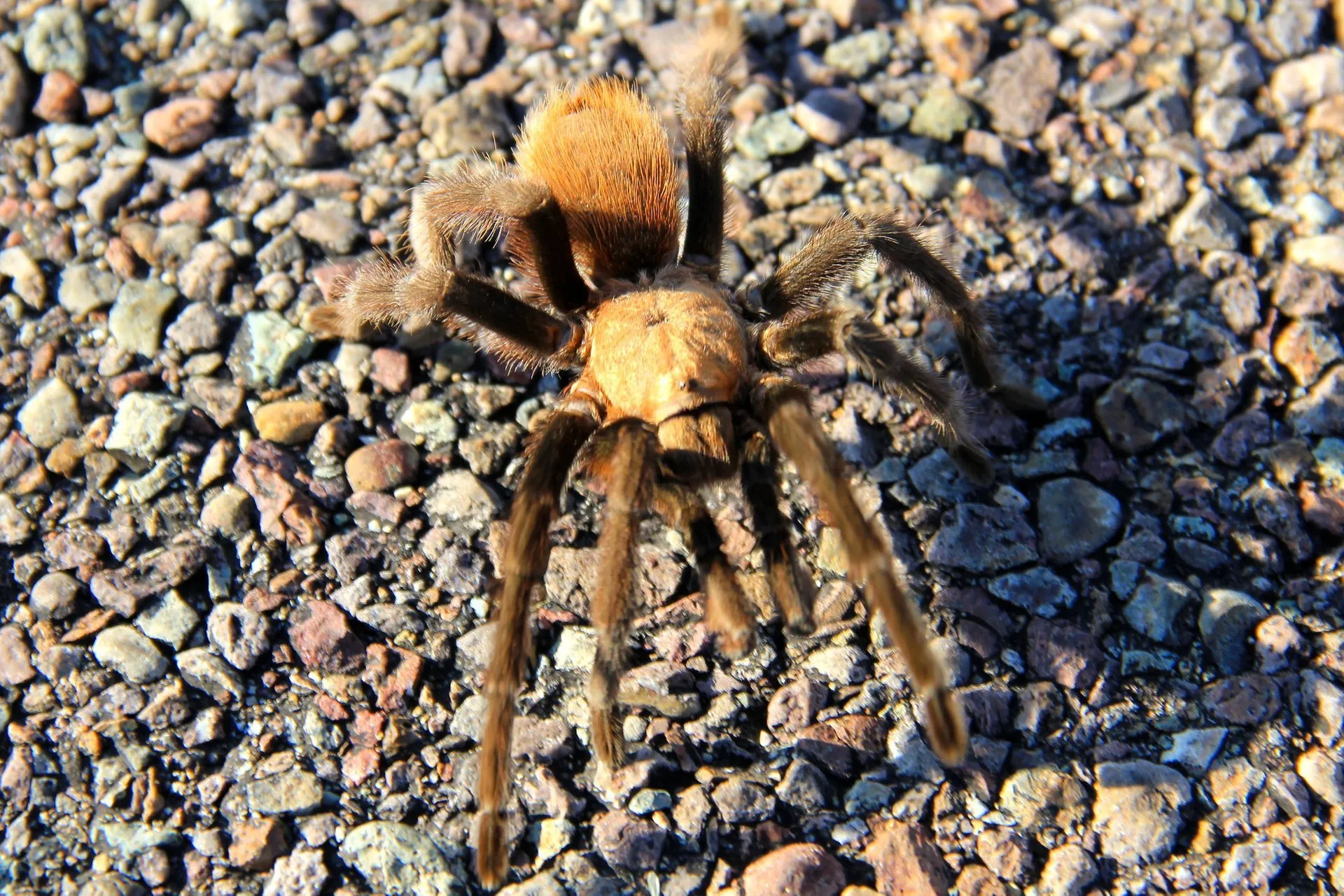
Molting is a critical part of a tarantula’s life, allowing it to grow and replace damaged body parts. Before molting, tarantulas often become less active and may even stop eating. The molting process involves the tarantula shedding its old exoskeleton, revealing a new, larger one. This process leaves them vulnerable to predators. For male tarantulas, the final molt is especially significant, as it prepares them for reproduction. The shed exoskeleton, or exuvia, contains valuable clues about the spider’s past, including its size and the number of times it has molted. After molting, the tarantula’s fangs and reproductive organs are ready to be used in the migration process.
Why Do Tarantulas Migrate
The primary reason for tarantula migration is reproduction. Adult male tarantulas leave their burrows in search of females, who are usually located in their own burrows. The males must travel, often over long distances, to find potential mates. This migration is a high-stakes endeavor, as the males are exposed to predators and harsh environmental conditions during their journey. The success of the migration is crucial for the survival of the species, ensuring that the next generation of tarantulas is born. The drive to reproduce is so strong that males often engage in dangerous behaviors to find a mate, such as crossing roads and entering unfamiliar territories.
The Search for Mates
The search for mates is the central driving force behind tarantula migration. Male tarantulas use various methods to find females, including following pheromone trails and using vibrations to locate potential mates. When a male finds a female, he will perform a courtship dance to demonstrate his suitability. If the female accepts the male, mating occurs, and the male often faces the risk of being eaten by the female afterward. This dangerous but necessary process is essential for the continuation of the tarantula population, driving them to take risks in the pursuit of reproduction and ensures the survival of their species through the successful continuation of the lifecycle.
Environmental Factors
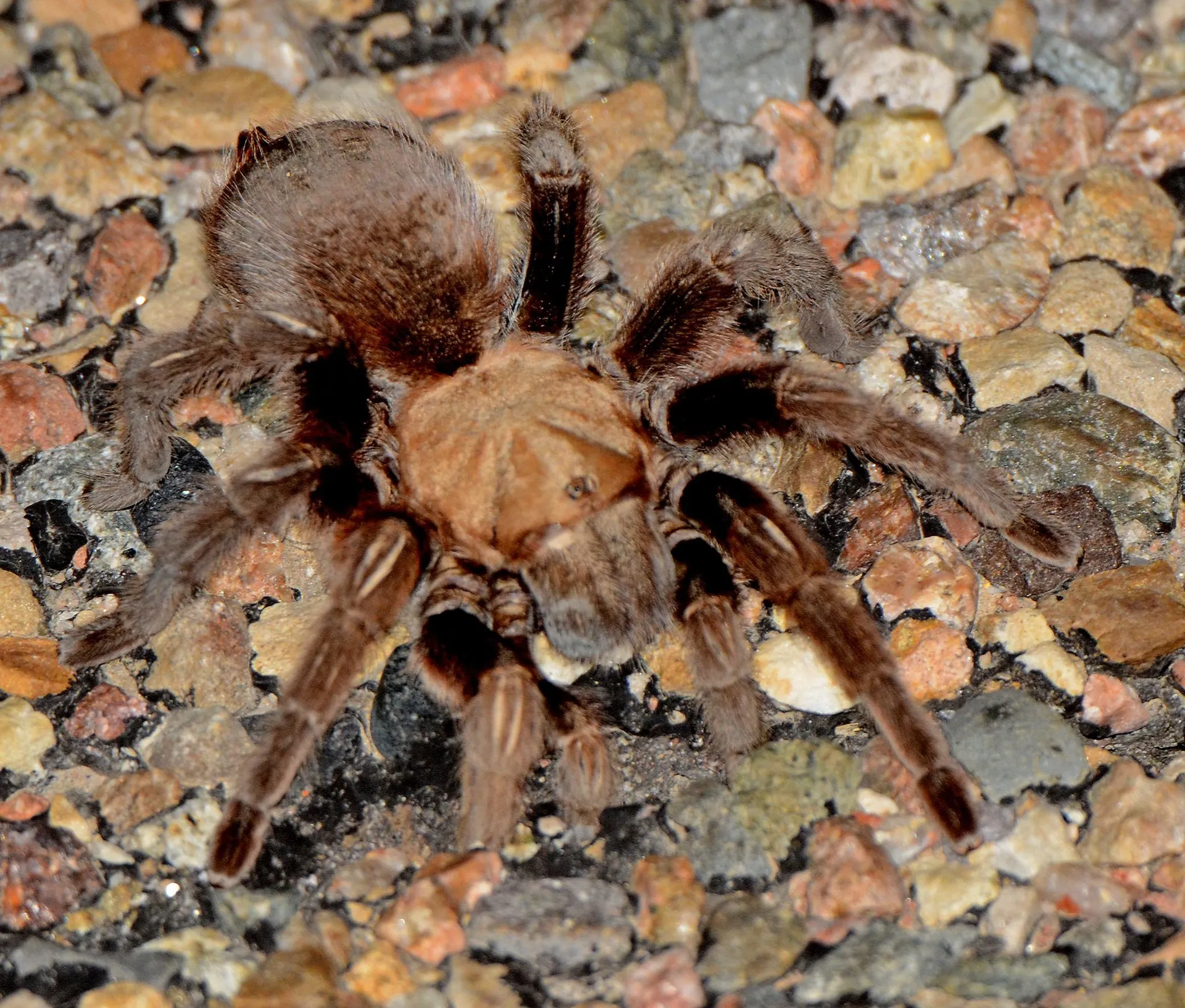
Environmental factors play a significant role in triggering and influencing tarantula migration. Temperature, humidity, and rainfall can all affect the timing and intensity of the migration. Warm temperatures and sufficient moisture often signal the start of the mating season, prompting tarantulas to emerge from their burrows. The availability of food sources can also indirectly impact migration, as healthier tarantulas are more likely to survive the journey and reproduce successfully. Understanding these environmental factors helps in predicting and observing the migration patterns of tarantulas.
Where and When to Witness Tarantula Migration
Tarantula migration is not a global phenomenon, and its occurrence depends on the species and geographic location. Several regions, particularly in the southwestern United States, are well-known for their spectacular tarantula migrations. To witness this natural event, you need to know where and when to look. Researching the specific species in your area and their migration patterns is essential. Local wildlife organizations, nature centers, and online resources can provide valuable information about the best times and locations for viewing this remarkable event.
Best Locations
Popular locations to witness tarantula migration include the deserts and grasslands of the southwestern United States, such as Arizona, New Mexico, and parts of California and Texas. These regions provide a suitable habitat for many tarantula species, and the migration events are often quite dramatic. National parks, state parks, and protected areas offer excellent opportunities to observe tarantulas in their natural environment. Always check local regulations and guidelines before planning your visit, as some areas may have restrictions on access or activities.
Seasonal Timing
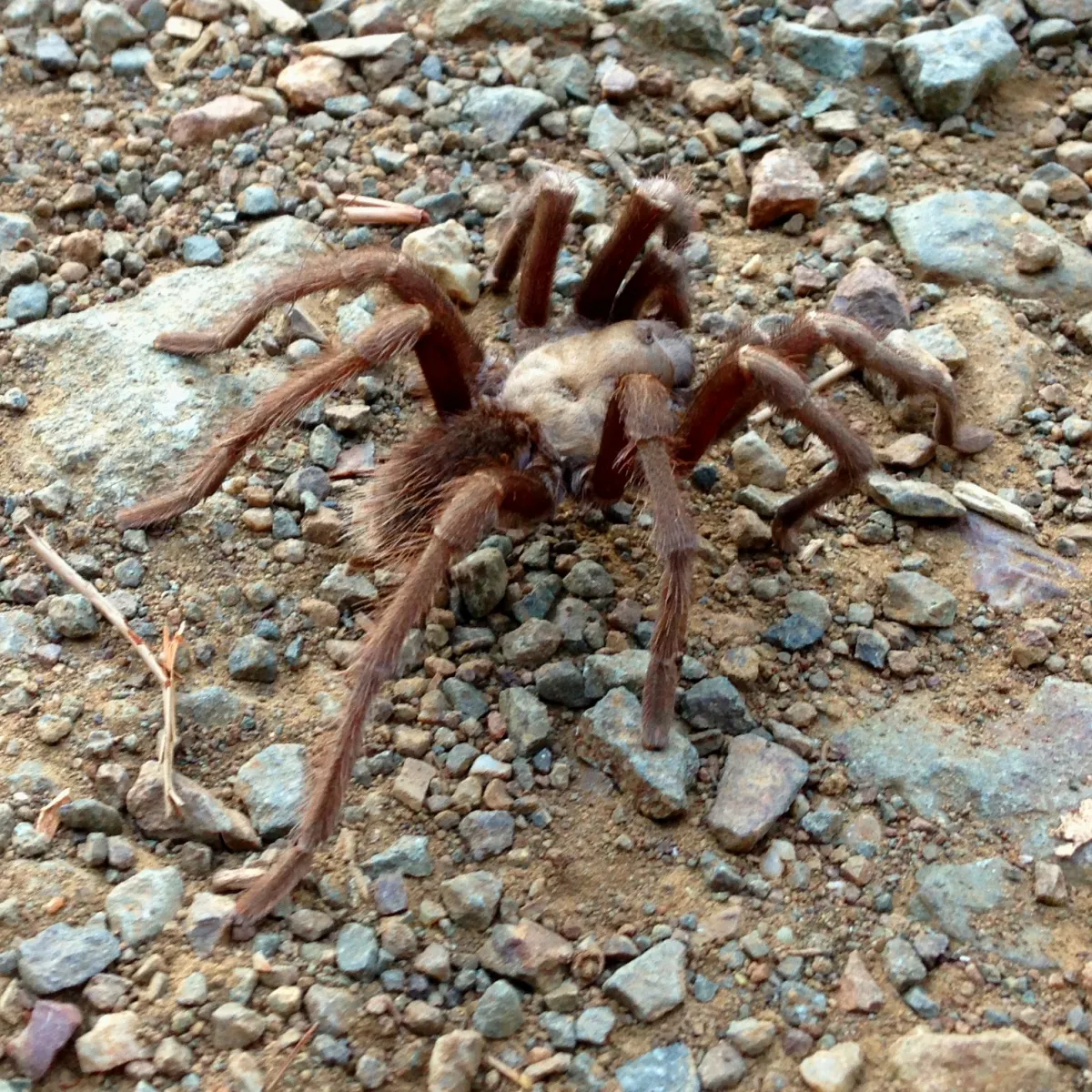
The best time to witness tarantula migration is typically during the late summer and early fall months, often from August to October. The exact timing can vary depending on the species and local climate conditions. Observing the weather patterns in your area can help you predict when the migration is most likely to occur. Keep an eye out for increased activity around sunset and during the cooler, more humid evenings. Checking with local experts or wildlife organizations can provide the most up-to-date information on migration schedules.
What to Expect During Migration
Witnessing a tarantula migration is a unique and exciting experience. You can expect to see male tarantulas actively moving across the landscape, often in search of a mate. They may be seen crossing roads, trails, and open areas. Be prepared to observe these spiders in their natural habitat, often in the late afternoon or evening, when they are most active. Patience and observation are key, as the migration can be unpredictable. Be mindful of your surroundings, and look for other signs of wildlife activity, such as burrows and potential food sources. It is also essential to follow safety precautions and to treat the tarantulas with respect.
Behavioral Observations
During a tarantula migration, you might observe various behaviors. Male tarantulas often walk with a characteristic gait, actively seeking females. They might be seen engaging in courtship rituals, such as drumming on the ground or displaying their legs. You might witness a male tarantula attempting to enter a female’s burrow or interacting with another tarantula. Observing these behaviors provides insights into the tarantula’s social dynamics and the reproductive process. Pay attention to the spider’s movement patterns and interactions with its environment.
Safety Precautions
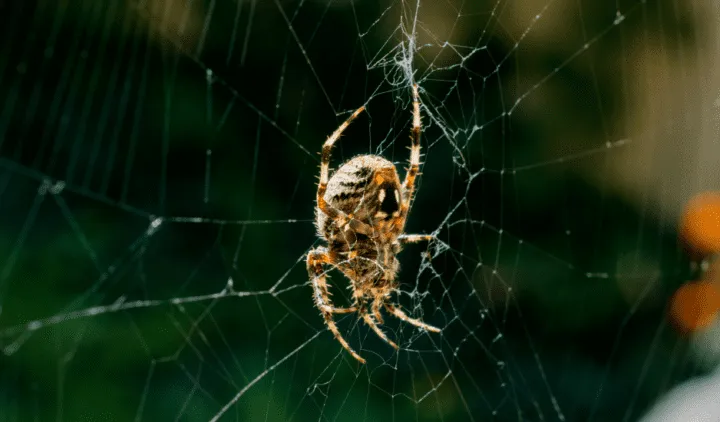
While tarantulas are not typically aggressive, it is important to take safety precautions when observing their migration. Tarantulas can bite if they feel threatened, and their bites can be painful. Maintain a safe distance from the spiders and avoid handling them. Wear closed-toe shoes, long pants, and a long-sleeved shirt for protection. Be cautious when walking through areas with tall grass or brush, where tarantulas might be hiding. If you are allergic to insect bites, carry appropriate medication. Avoid disturbing the tarantulas’ natural behavior, and do not try to capture or relocate them.
Photographing Tarantula Migration
Photographing tarantula migration is a rewarding way to capture the beauty and wonder of this natural phenomenon. With the right equipment and techniques, you can create stunning images of these fascinating creatures. Remember to respect the tarantulas and their habitat while taking photos. Avoid disturbing their behavior and never attempt to manipulate or handle the spiders for the sake of a photograph. Ethical photography is essential for preserving the beauty of the natural world and the well-being of the wildlife.
Equipment Recommendations
To photograph tarantula migration, a macro lens is essential to capture detailed images of the spiders. A telephoto lens can be useful for capturing images of the tarantulas from a safe distance. A tripod will help to stabilize your camera and prevent blurry photos, especially in low-light conditions. A flash with a diffuser can provide additional light for close-up shots. Always bring extra batteries and memory cards, as you will likely be taking many photos. Consider using a camera bag to protect your equipment from the elements. Remember to respect the tarantulas and their habitat while taking photos.
Ethical Considerations
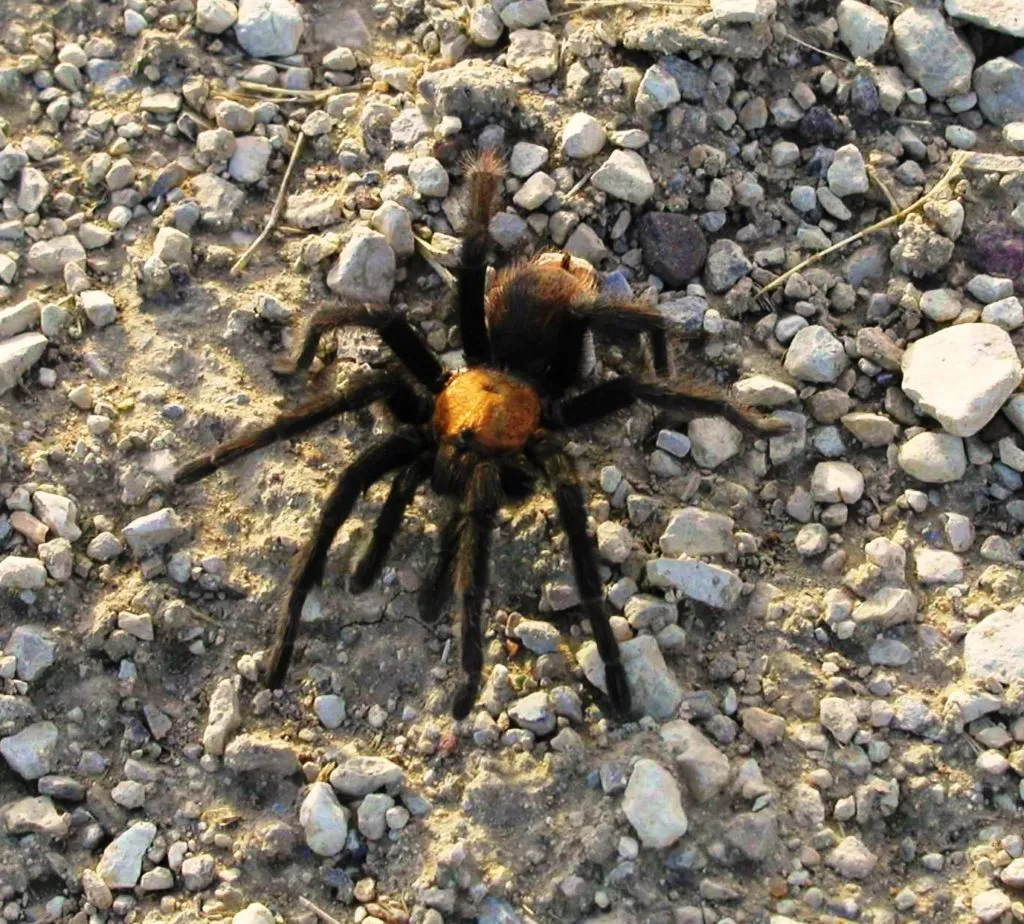
Ethical considerations are paramount when photographing tarantula migration. Avoid disturbing the spiders’ natural behavior or habitat. Maintain a safe distance, and never attempt to handle or manipulate the tarantulas for your photographs. Be mindful of your surroundings, and avoid trampling vegetation. When sharing your photos, credit the location and species responsibly, and consider sharing educational information. Respect the environment, and strive to leave the area as you found it. By practicing ethical photography, you can help preserve the beauty of tarantula migration for future generations.
In conclusion, witnessing tarantula migration is a remarkable experience that offers a unique glimpse into the natural world. By understanding the tarantula’s lifecycle, the reasons behind migration, and the best ways to observe it, you can appreciate this event safely and respectfully. Embrace this opportunity to connect with nature and to celebrate the incredible biodiversity of our planet. Remember to be patient, observant, and ethical in your interactions with these fascinating creatures. Happy observing!
